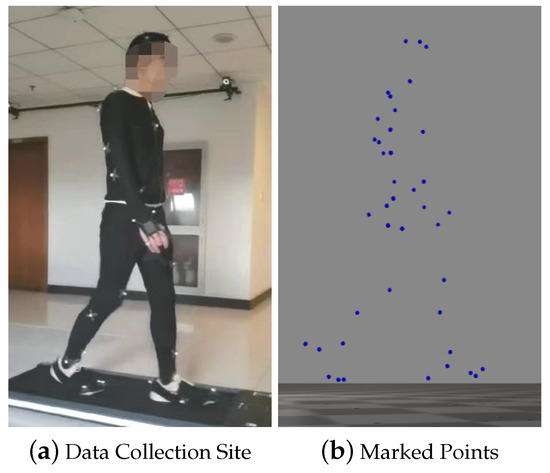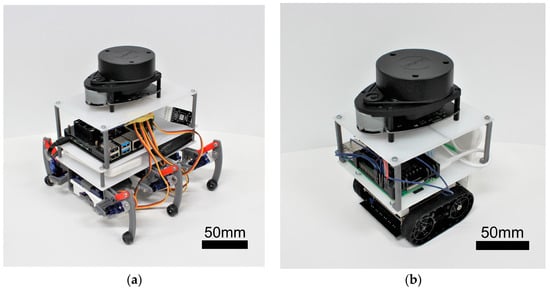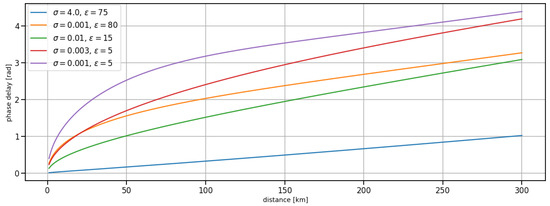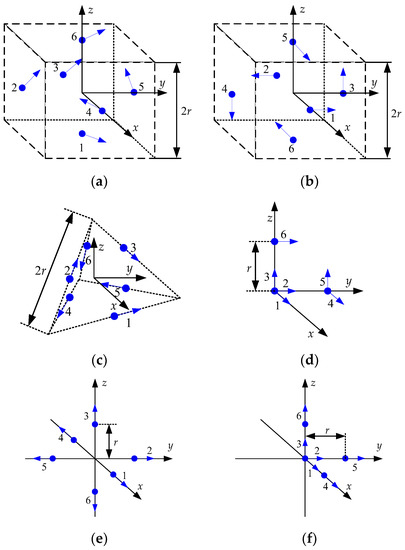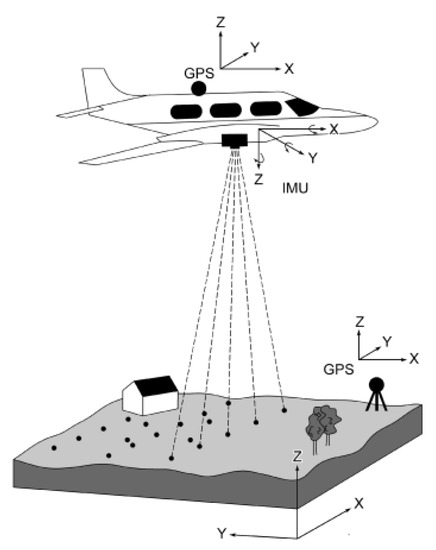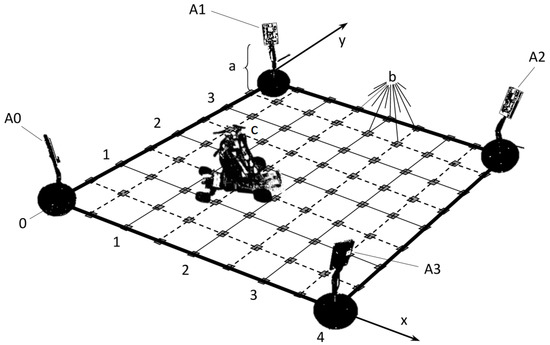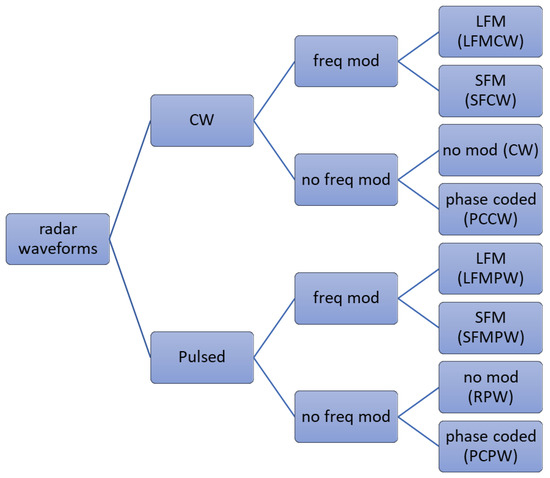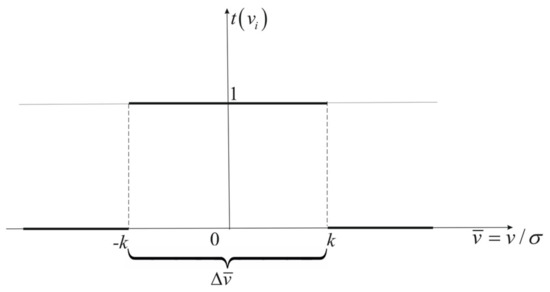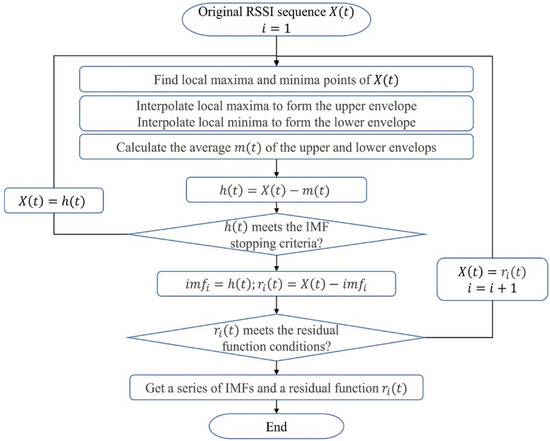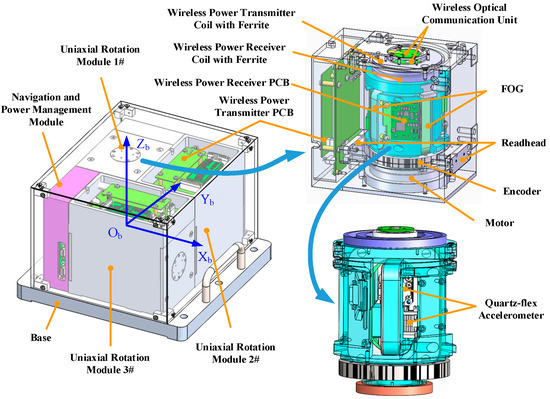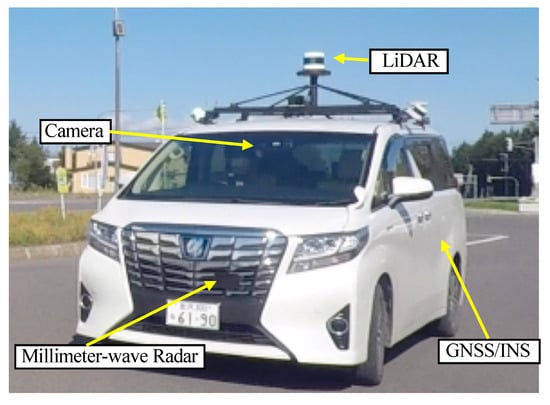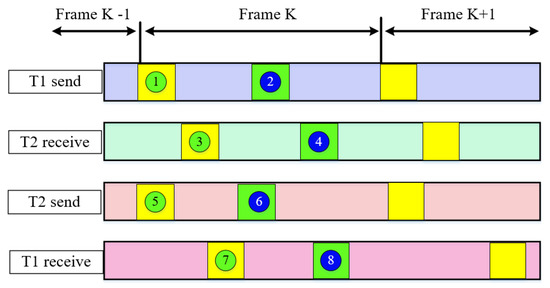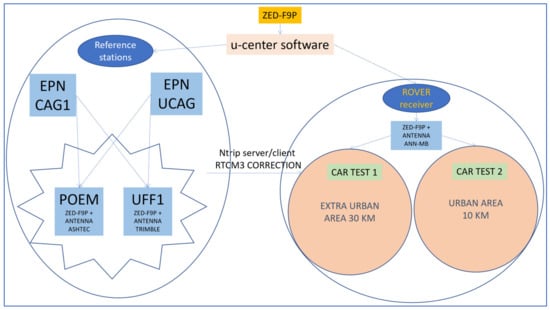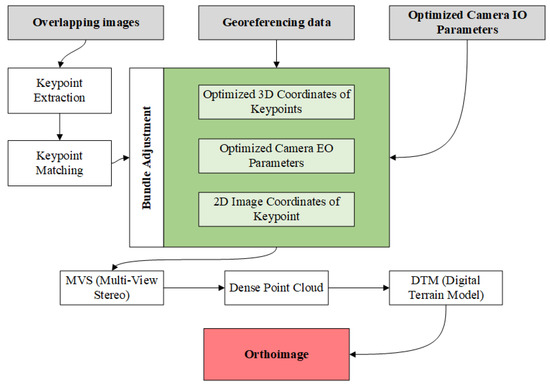Navigation Systems and Sensors
A topical collection in Sensors (ISSN 1424-8220). This collection belongs to the section "Navigation and Positioning".
Viewed by 25678Editor
Interests: radar navigation; comparative (terrain-based) navigation; multi-sensor data fusion; radar and sonar target tracking; sonar imaging and understanding; MBES bathymetry; ASV; artificial neural networks; geoinformatics
Special Issues, Collections and Topics in MDPI journals
Topical Collection Information
Dear Colleagues,
Navigation is an integral part of human activity in all environments. The variety of applications for navigation systems is relevant to human activities in space, air, land, water, underwater, and inside buildings and structures. In recent years, autonomous navigation systems for vehicles moving in any environment have been intensively developed. These systems increasingly use methods of artificial intelligence including deep learning. Intensively developed sensors such as radar, sonar, LiDAR, cameras, magnetometers, gravimeters and others provide necessary navigation data also in the process of multisensory data fusion. Navigation systems based on remote sensing are increasingly used also for navigation without GNSS including inside objects. Artificial intelligence, autonomous navigation and sensor fusion are very important topics undertaken by the most serious research centers in the world. In this topical collection, we will collect articles on many aspects of advanced navigation problems, mainly implemented with sensors, including applications of artificial intelligence methods to navigation, multisensory data fusion, comparative navigation, non-GNNS navigation, SLAM, and other topics related to navigation systems and sensors. Topics in this TC include, but are not limited to, the following keywords:
- Artificial Intelligence for navigation and remote sensors data processing.
- Deep learning algorithms for navigation.
- Multisensory data fusion for navigation.
- Big data processing for navigation.
- Autonomous navigation.
- SLAM (simultaneous localization and mapping).
- Comparative (terrain reference) navigation.
- Space and satellite navigation.
- Aerial, surface and underwater navigation.
- Non GNSS autonomous navigation.
- Sensor data processing, data reduction, feature extraction, and image understanding for autonomous navigation.
- Path-planning methods for autonomous navigation.
- Automatic target and obstacle detection and classification for autonomous navigation.
- Target tracking and anti-collision algorithms and methods for autonomous navigation.
Prof. Dr. Andrzej Stateczny
Collection Editor
Manuscript Submission Information
Manuscripts should be submitted online at www.mdpi.com by registering and logging in to this website. Once you are registered, click here to go to the submission form. Manuscripts can be submitted until the deadline. All submissions that pass pre-check are peer-reviewed. Accepted papers will be published continuously in the journal (as soon as accepted) and will be listed together on the collection website. Research articles, review articles as well as short communications are invited. For planned papers, a title and short abstract (about 100 words) can be sent to the Editorial Office for announcement on this website.
Submitted manuscripts should not have been published previously, nor be under consideration for publication elsewhere (except conference proceedings papers). All manuscripts are thoroughly refereed through a single-blind peer-review process. A guide for authors and other relevant information for submission of manuscripts is available on the Instructions for Authors page. Sensors is an international peer-reviewed open access semimonthly journal published by MDPI.
Please visit the Instructions for Authors page before submitting a manuscript. The Article Processing Charge (APC) for publication in this open access journal is 2600 CHF (Swiss Francs). Submitted papers should be well formatted and use good English. Authors may use MDPI's English editing service prior to publication or during author revisions.
Keywords
- Artificial Intelligence for navigation and remote sensors data processing
- Deep learning algorithms for navigation
- Multisensory data fusion for navigation
- Big data processing for navigation
- Autonomous navigation
- SLAM (simultaneous localization and mapping).
- Comparative (terrain reference) navigation
- Space and satellite navigation
- Aerial, surface and underwater navigation
- Non GNSS autonomous navigation
- Sensor data processing, data reduction, feature extraction, and image understanding for autonomous navigation
- Path-planning methods for autonomous navigation
- Automatic target and obstacle detection and classification for autonomous navigation
- Target tracking and anti-collision algorithms and methods for autonomous navigation






